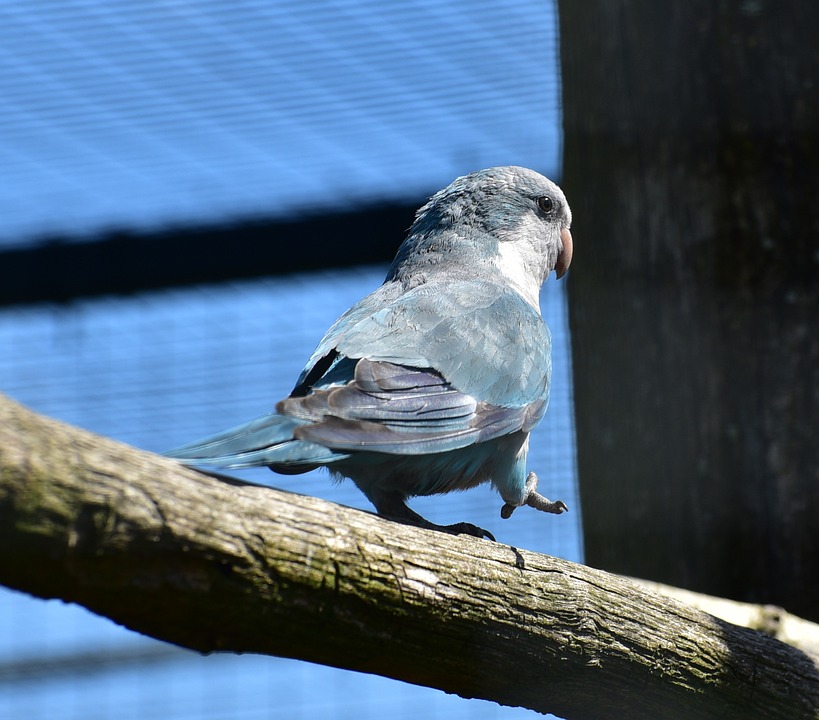Teaching Your Parrot to Interact with Different Perches and Swings: A Comprehensive Guide
Introduction:
Parrots are highly intelligent and social creatures that require mental stimulation and physical exercise to thrive. One way to provide them with both is by teaching them to interact with different perches and swings. In this comprehensive guide, we will explore the importance of perches and swings in a parrot’s life and how teaching them to interact with these items can benefit their overall well-being.
1. Selecting the Right Perches and Swings:
Choosing appropriate perches and swings for your parrot is crucial. Consider your parrot’s size and species when selecting these items. Different types of perches and swings are available in the market, including natural branches, rope perches, and wooden swings. It is important to take into account the material, texture, and size of these items to ensure your parrot’s comfort and safety.
2. Introducing New Perches and Swings:
To prevent stress or fear in your parrot, introduce new perches and swings gradually. Begin by placing the perch or swing near its cage, allowing your parrot to become familiar with it. Use positive reinforcement techniques, such as offering treats or praise, to encourage interaction. Monitor your parrot’s reaction and adjust accordingly, giving them time to adjust at their own pace.
3. Encouraging Interaction:
Strategic placement of perches and swings within the cage promotes movement and exercise. Utilize natural branches for perches to engage your parrot’s feet and promote foot health. Rotate different perches and swings regularly to prevent boredom and keep your parrot stimulated. Incorporating interactive toys and treats on perches and swings can also entice your parrot to interact with them.
4. Training Techniques for Perch and Swing Interaction:
Target training is an effective method to teach your parrot to navigate different perches and swings. Use a clicker or a consistent verbal cue to reinforce positive behavior. Start by teaching your parrot to step up, down, or move between perches and swings on command. Gradually introduce more complex perches and swings as your parrot’s skills improve.
5. Common Challenges and Troubleshooting:
If your parrot shows fear or reluctance to interact with new perches and swings, be patient and give them time to adjust. Address territorial behavior or possessiveness towards certain perches by providing multiple options for your parrot to choose from. If your parrot shows disinterest or boredom, try rotating different perches and swings more frequently or introducing new interactive toys. If issues persist, seek professional help or consult an avian behaviorist for guidance.
FAQs:
1. How many perches and swings should I provide in my parrot’s cage?
2. Can I use perches and swings made of different materials?
3. How often should I rotate perches and swings?
4. My parrot seems scared of the new perch/swing. What should I do?
5. Can I build my own perches and swings for my parrot?
6. My parrot refuses to step up or move between perches. Any tips?
7. Are there any specific perches or swings that are beneficial for parrot foot health?
8. How can I make perches and swings more engaging for my parrot?
Conclusion:
Teaching your parrot to interact with different perches and swings is essential for their physical health, mental stimulation, and overall well-being. By providing them with a diverse and enriching environment, you can ensure that they lead a happy and fulfilling life. So, take the time to select appropriate perches and swings, introduce them gradually, and use positive reinforcement techniques to encourage interaction. Your feathered friend will thank you for it!









